Nestled along the Texas Gulf Coast, about 70 miles south of Corpus Christi, sits the tiny town of Sarita. Home to just under 50 people and lots of rural charm, it’s missing just one thing — a medical clinic.
But thanks to a partnership between Texas A&M University’s student-led BUILD program and the College of Medicine, the residents of Sarita, Texas, and surrounding Kenedy County, no longer have to drive long distances to get the medical care they need. Over the past year, the organizations have worked together to provide Sarita with its first medical clinic.
Sarita’s new medical facility is unlike most of the ones found in the surrounding areas: it’s one of many clinics constructed by BUILD, a recognized student organization, out of a 40-foot shipping container. Each clinic contains a waiting room, a laboratory test room and a private treatment area, and is outfitted with donated surplus medical equipment and supplies to be ready for a vast array of medical needs. Small but mighty, the containers, called Texas Aggie Medical Clinics (TAMCs), are making a huge difference in rural areas here in the U.S. and abroad.
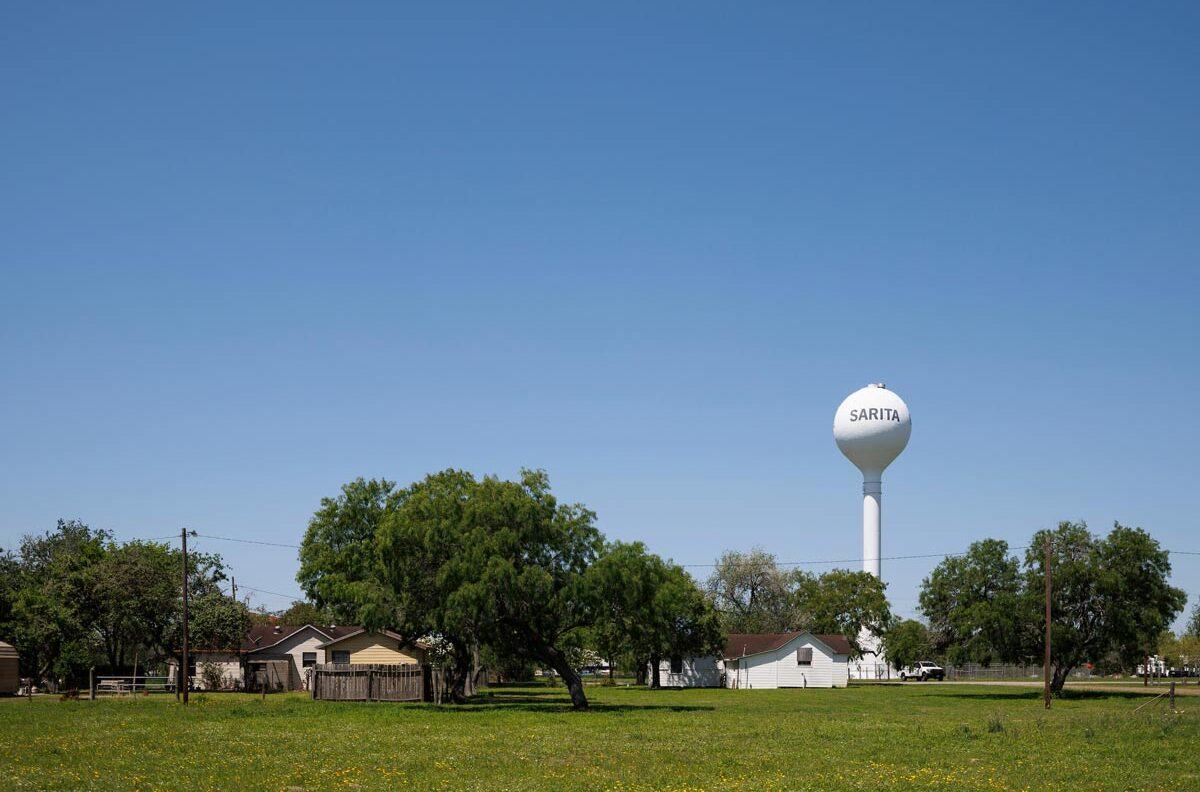
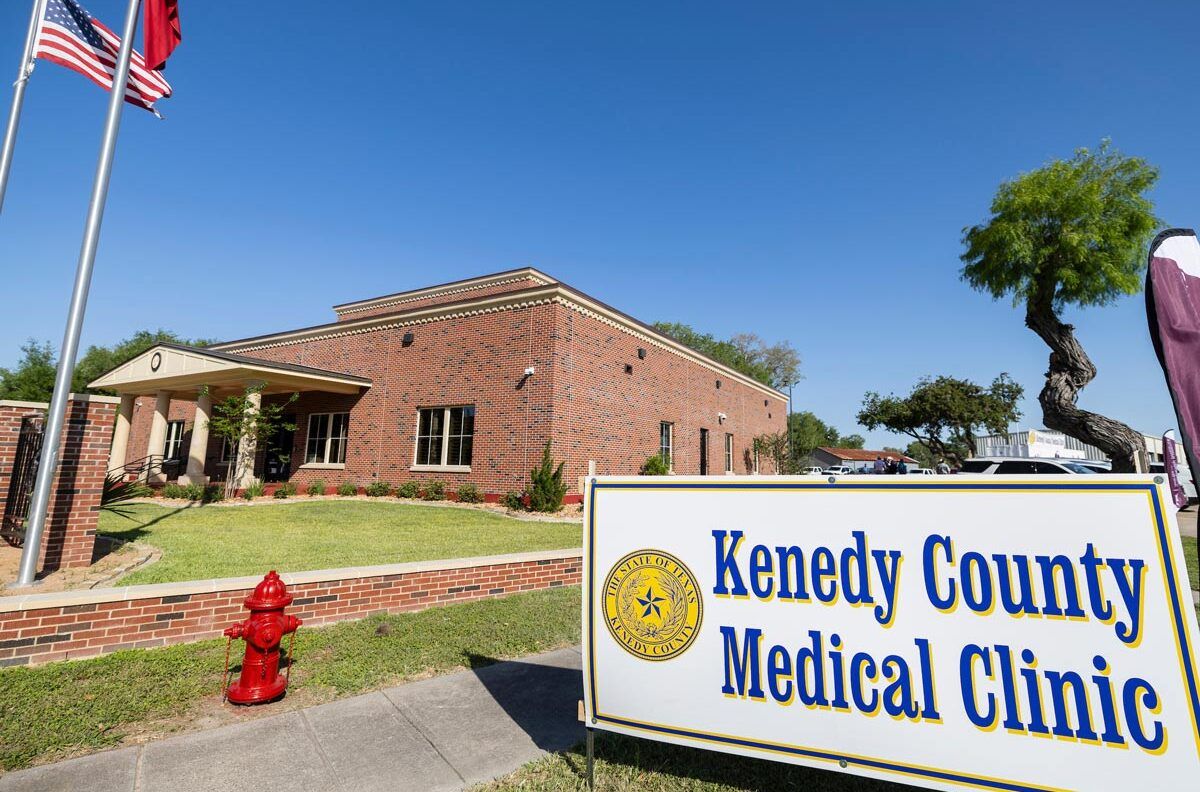
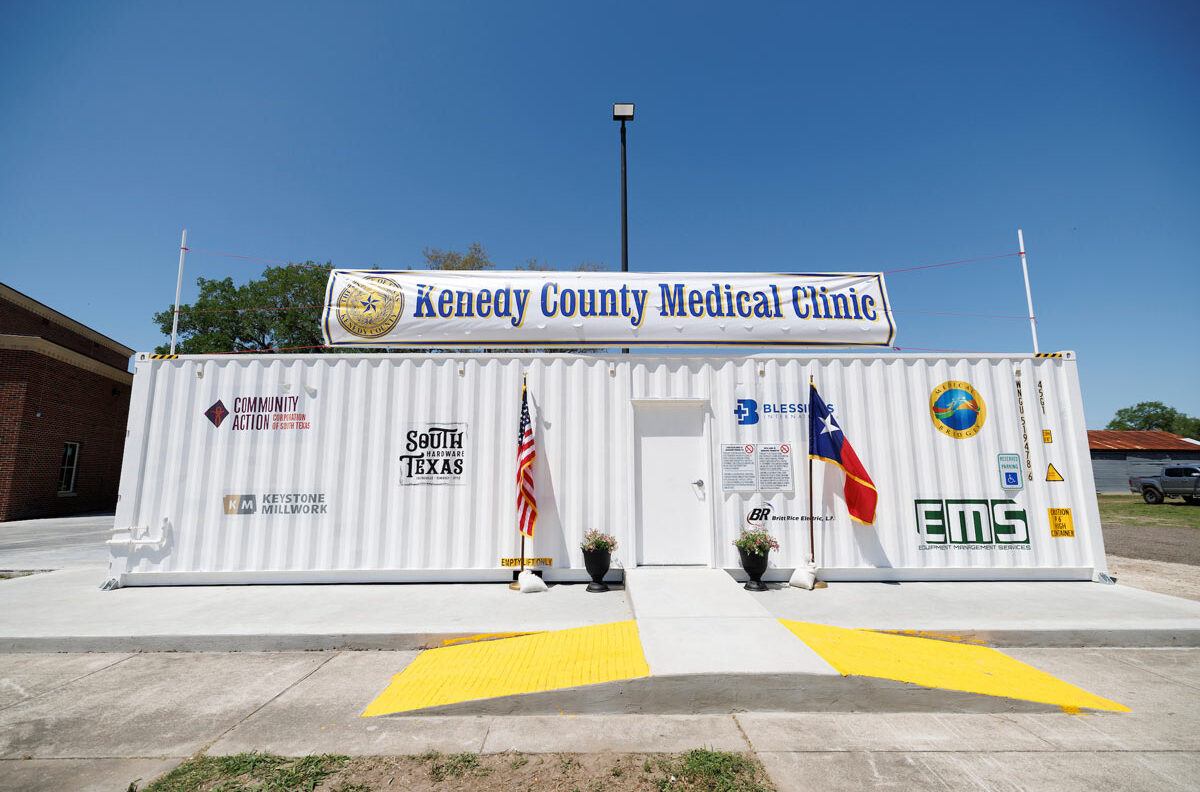
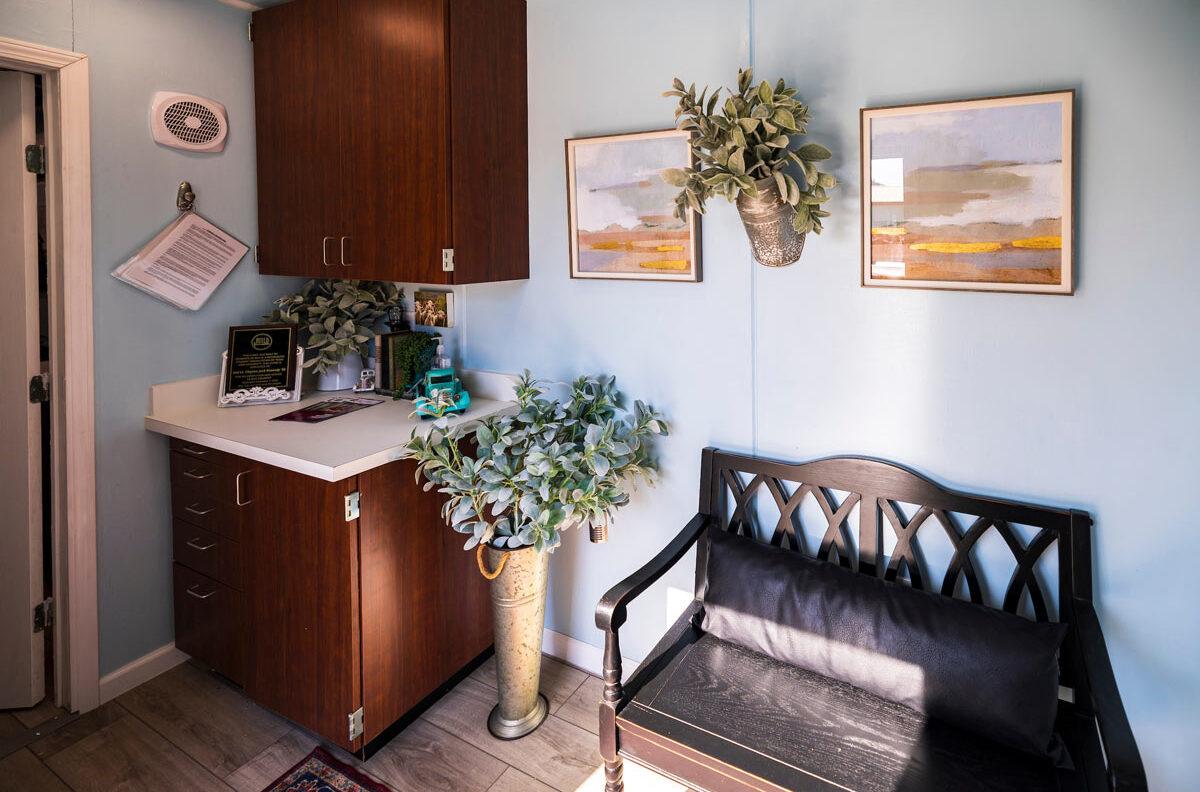
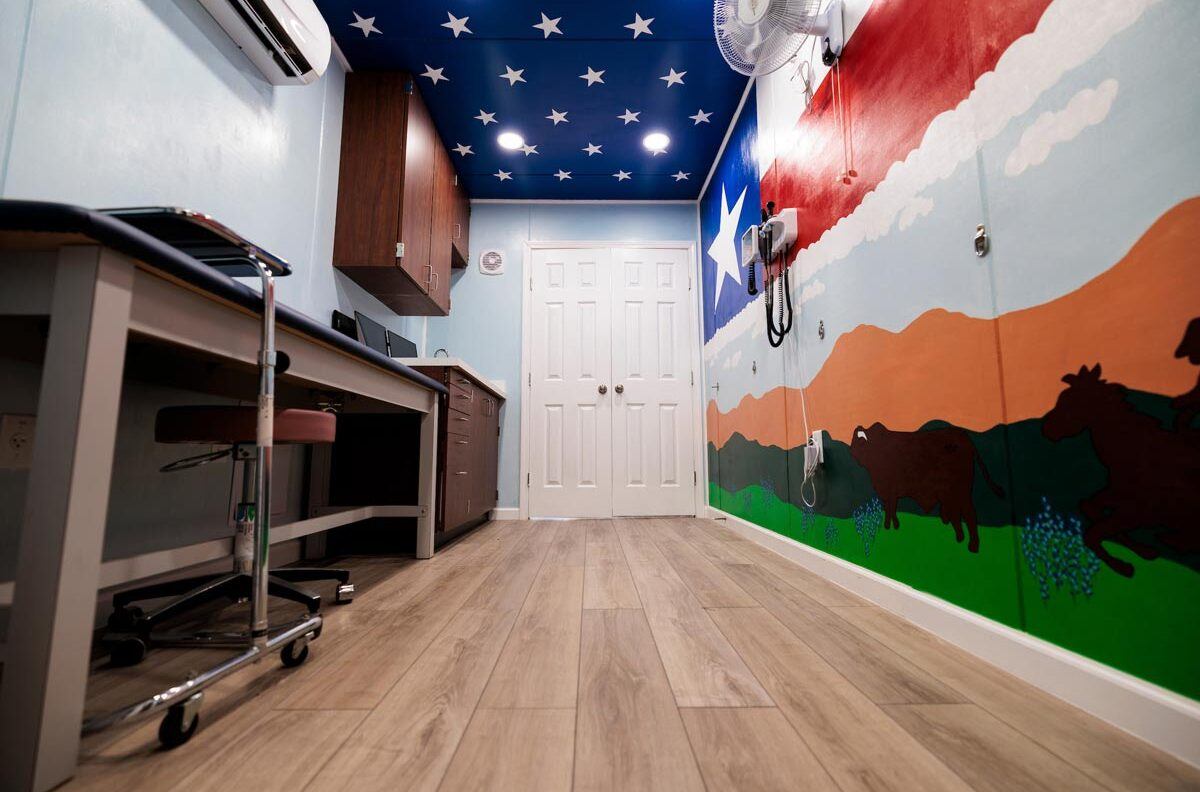
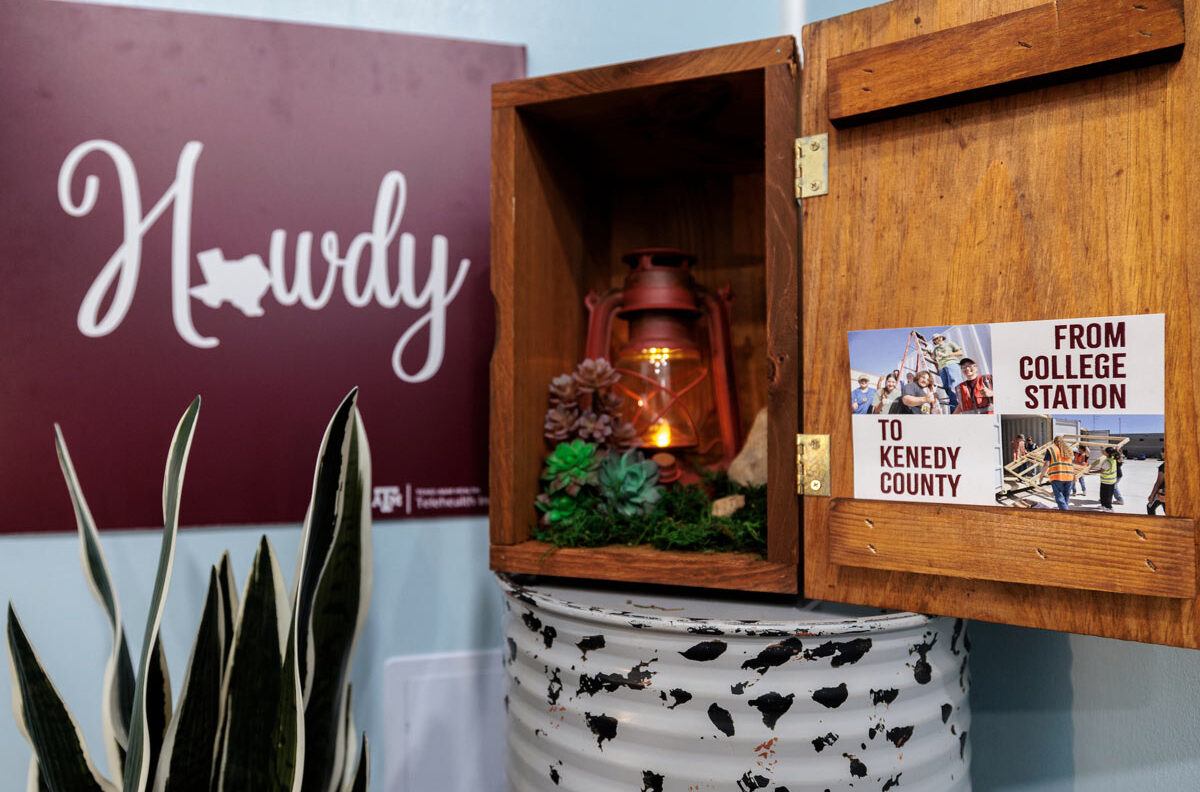
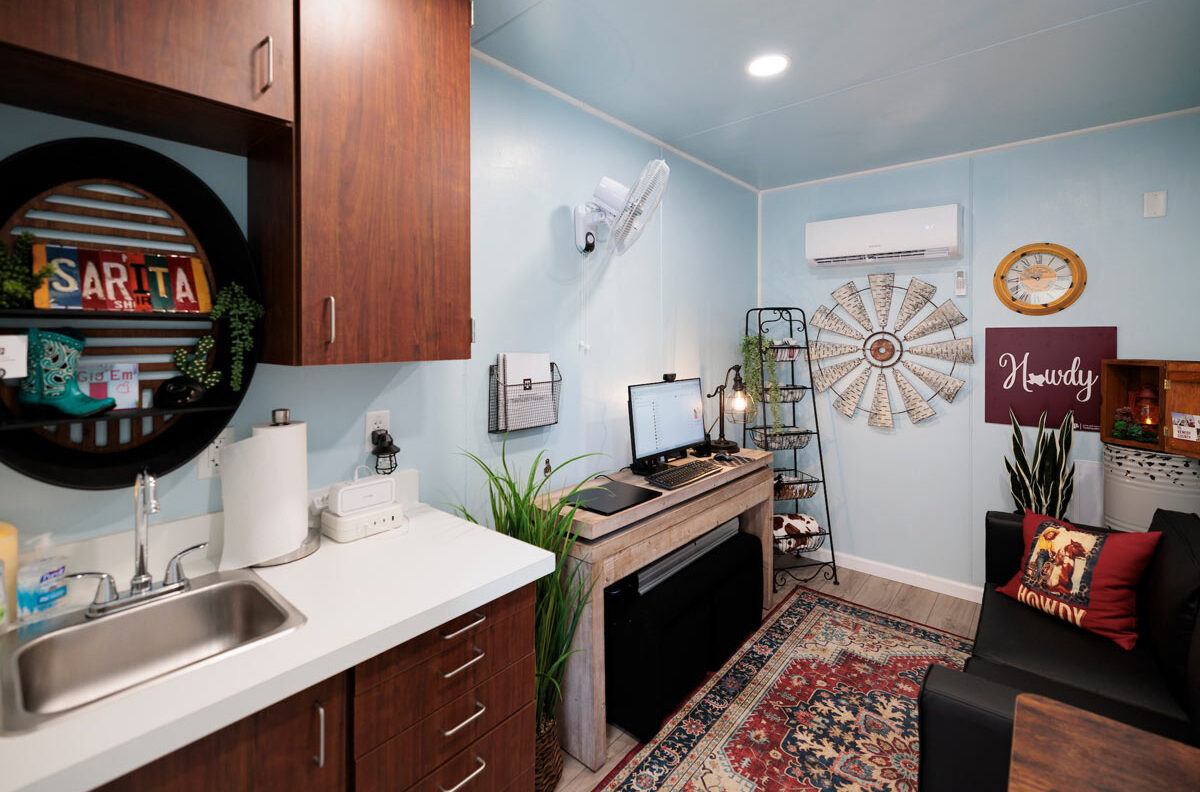


Photos by Abbey Santoro/Texas A&M University Division of Marketing & Communications
BUILD has historically focused on international work, bringing clinics to remote parts of Central America, Africa and other areas around the globe, but the opportunity to partner with Kenedy County surfaced through an expansion of Community Engagement efforts alongside the Texas A&M College of Medicine. This not only allowed BUILD to support Texans — fulfilling the university’s mission as a land-grant institution in Texas — through access to quality health care, but it also affords the opportunity to enhance the student experience, both through BUILD and for current medical students in residency.
Honoring Lives Lost By Helping Those In Need
The student-led organization behind the mobile medical clinics, BUILD, began as an idea from former student Bryson A. Sutterfield ’13, the 2012-13 Deputy Corps Commander, a Ross Volunteer and a Maroon Coat. He loved all the traditions at Texas A&M, but one that he was particularly interested in was Bonfire.
Aggie Bonfire was an annual campuswide project that united students in the construction of a massive bonfire before the rivalry football game against The University of Texas at Austin. However, while it was being built in 1999, it collapsed, taking the lives of 12 Aggies and wounding many others.
[BUILD] is about taking the passion, the work ethic, the ingenuity and the selflessness of Aggies and creating something that will permanently impact lives.
As part of a class that attended Texas A&M after the fall of the original Bonfire, Sutterfield was involved in the new Student Bonfire off campus, but still felt the void that Bonfire had left since its fall. He wanted to develop a new tradition that would engage the same level of teamwork and camaraderie that Bonfire once had. And he wanted it to be centered on service, in honor of the 12 who lost their lives in the collapse.
“BUILD is about serving Texas A&M, our community, our state, our nation and even the world,” said Sutterfield. “It is about taking the passion, the work ethic, the ingenuity and the selflessness of Aggies and creating something that will permanently impact lives.”
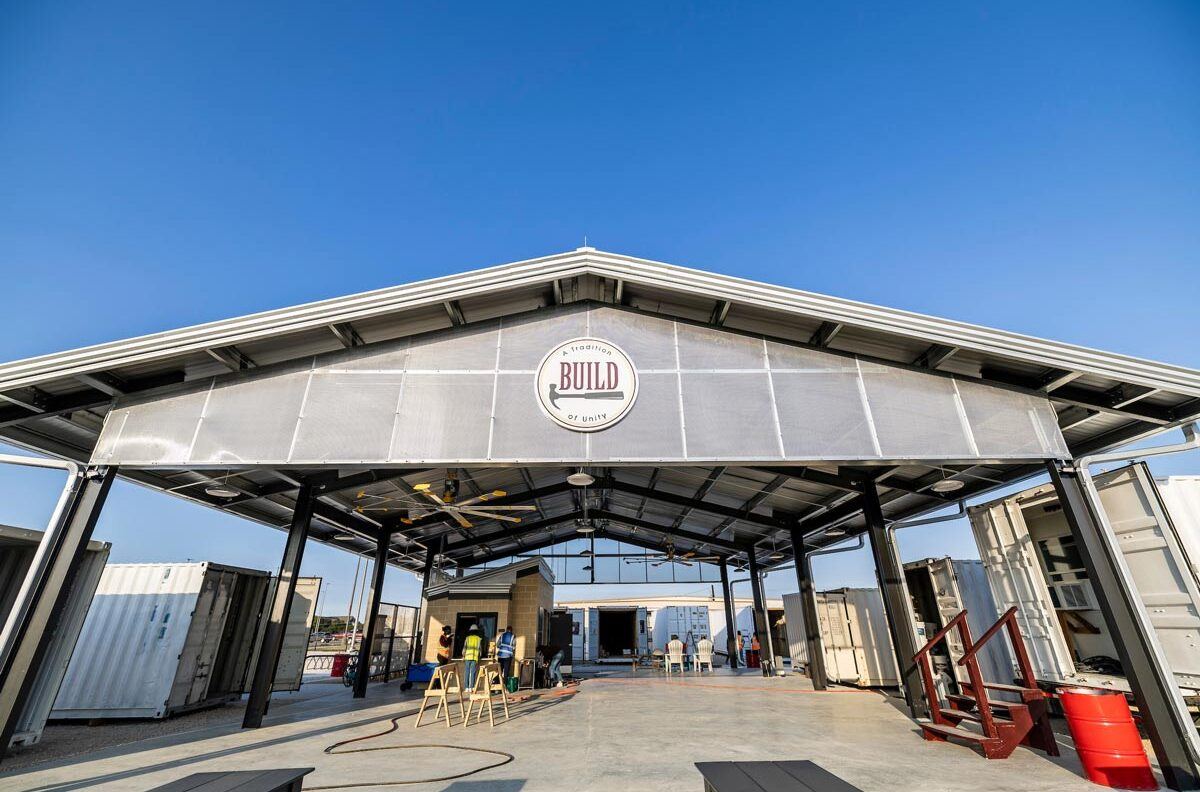
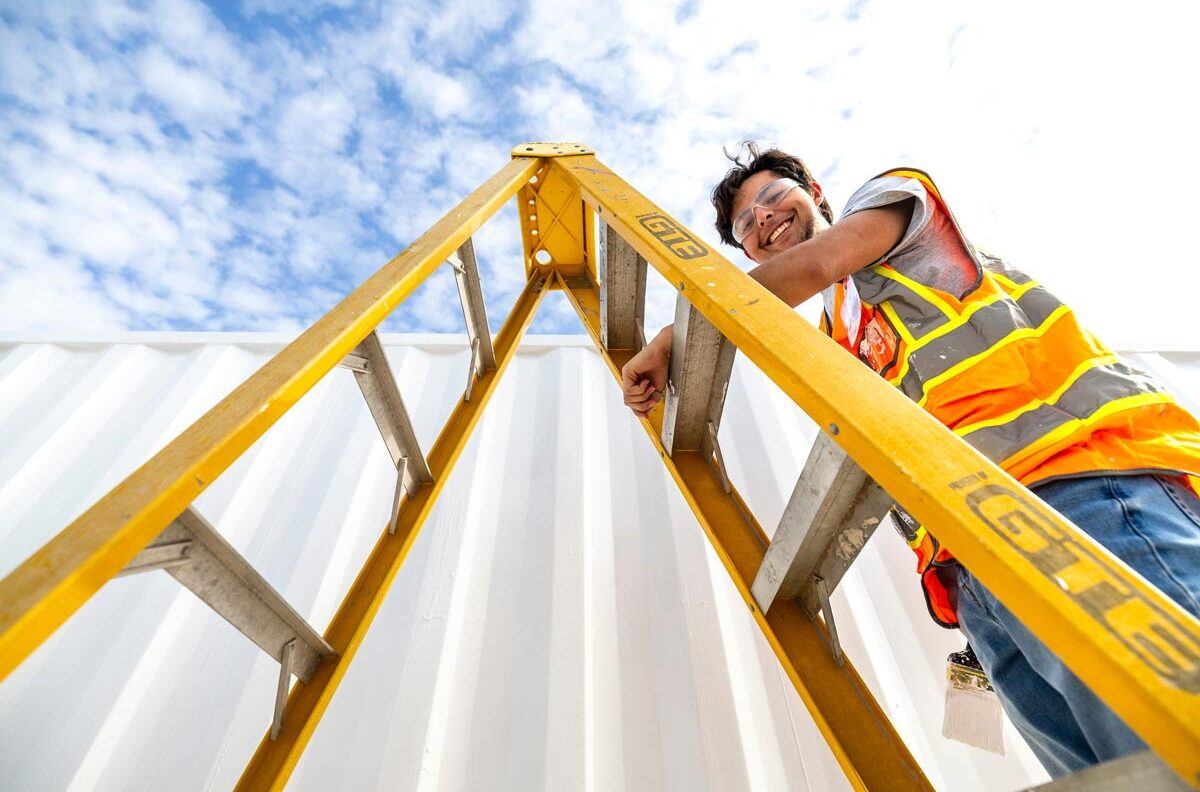
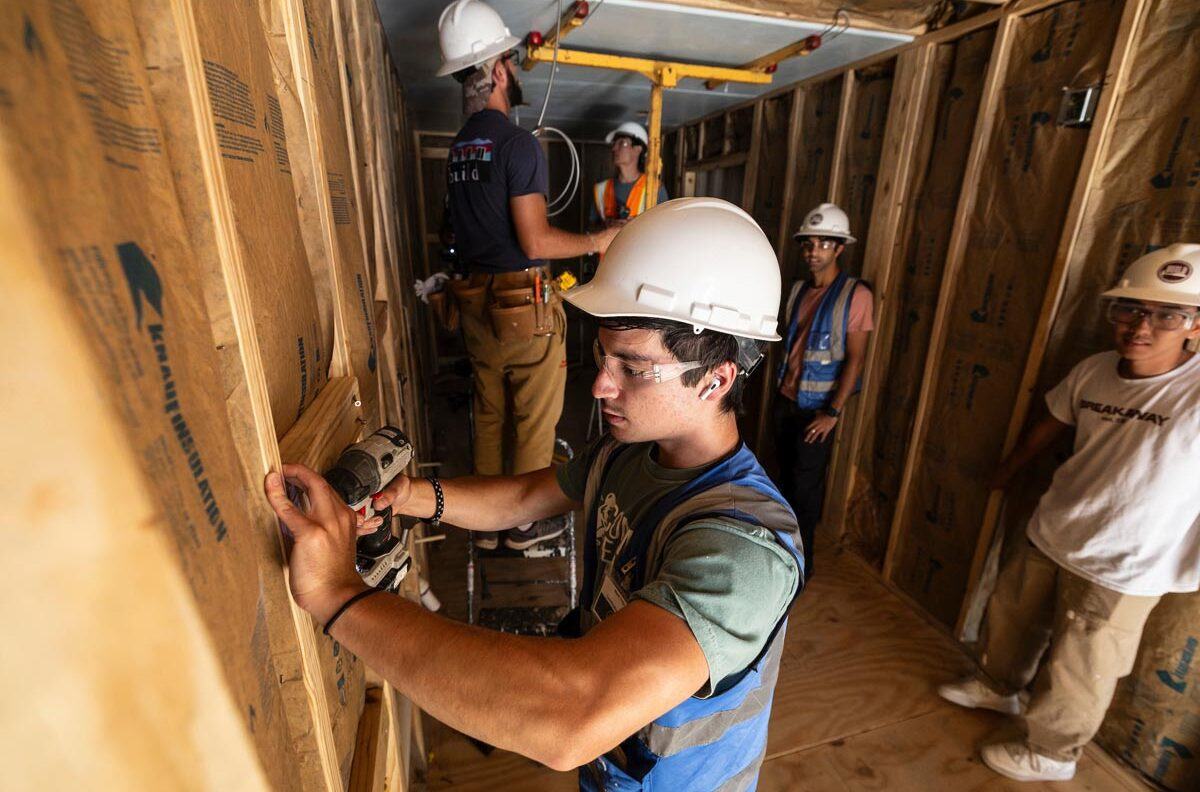
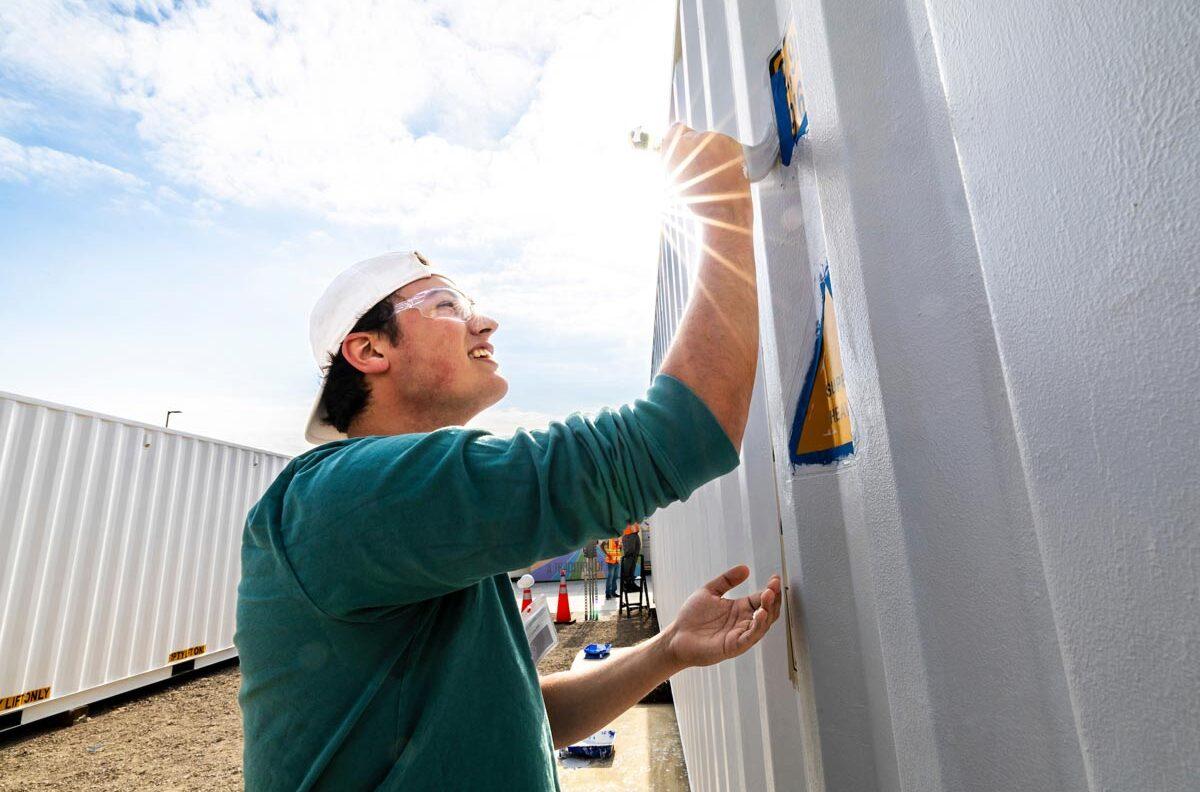
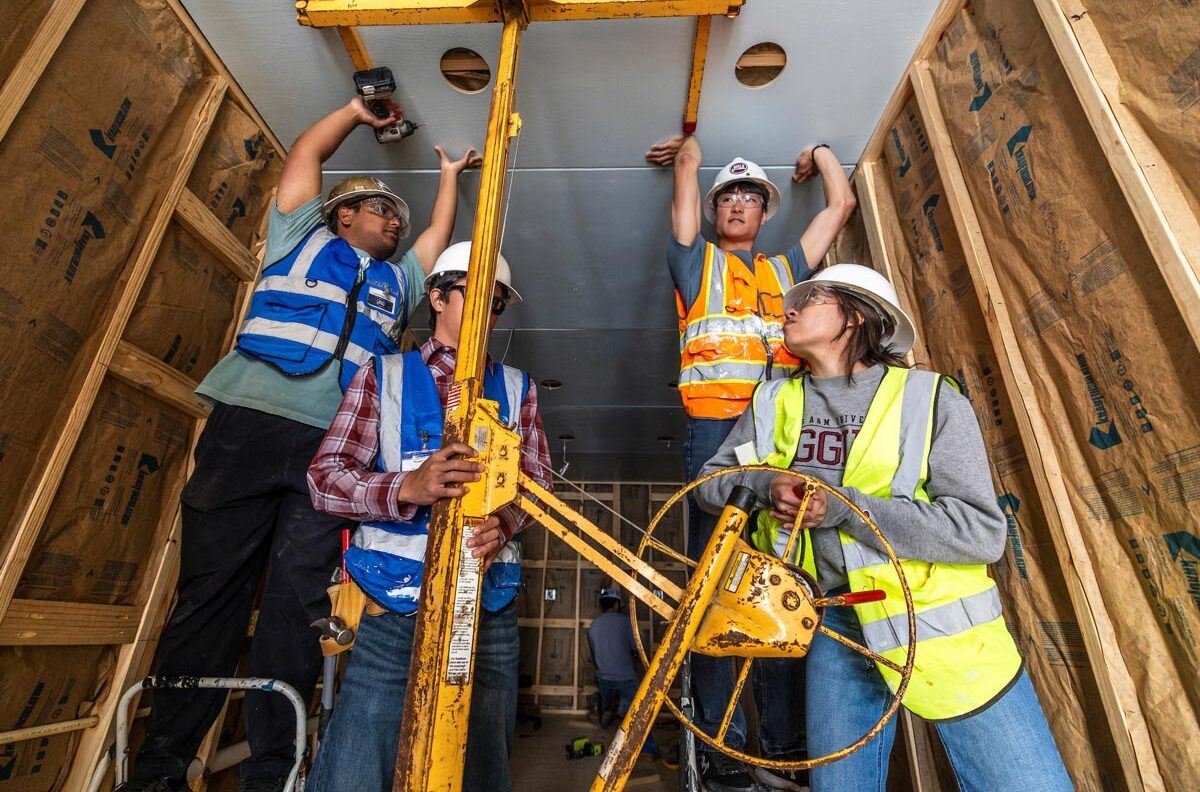
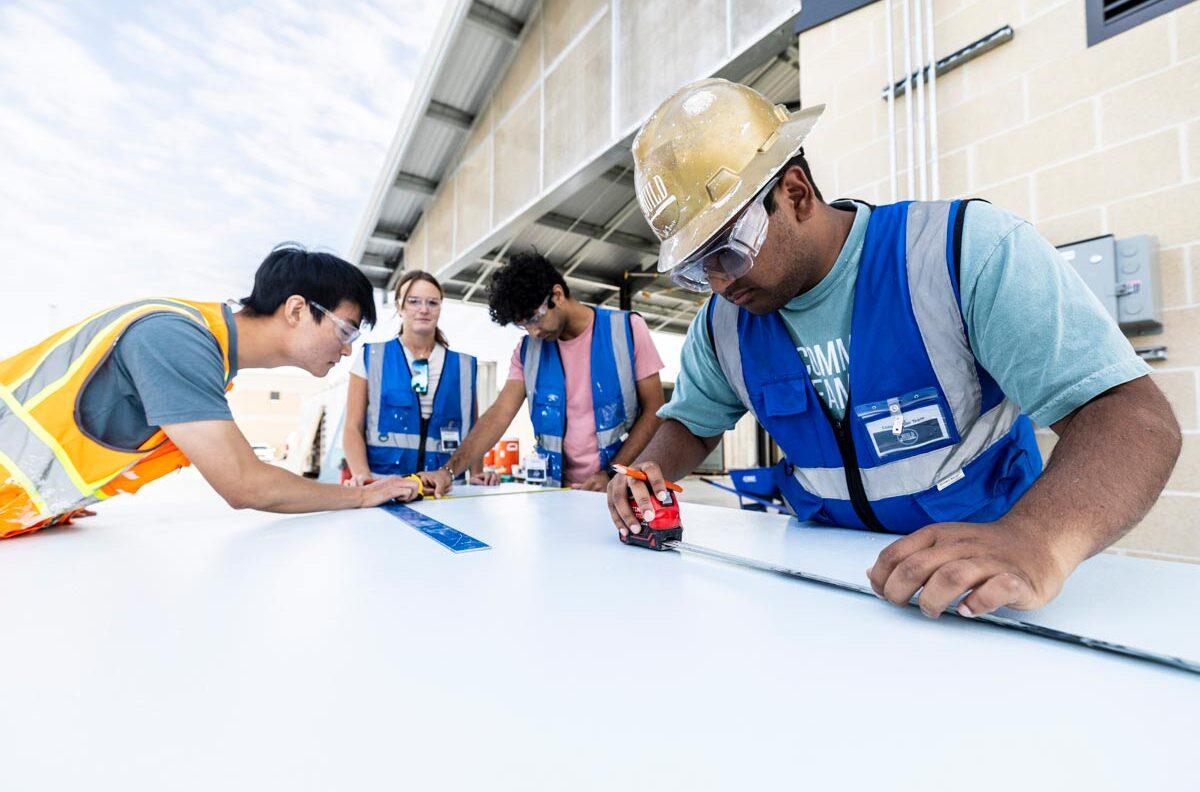

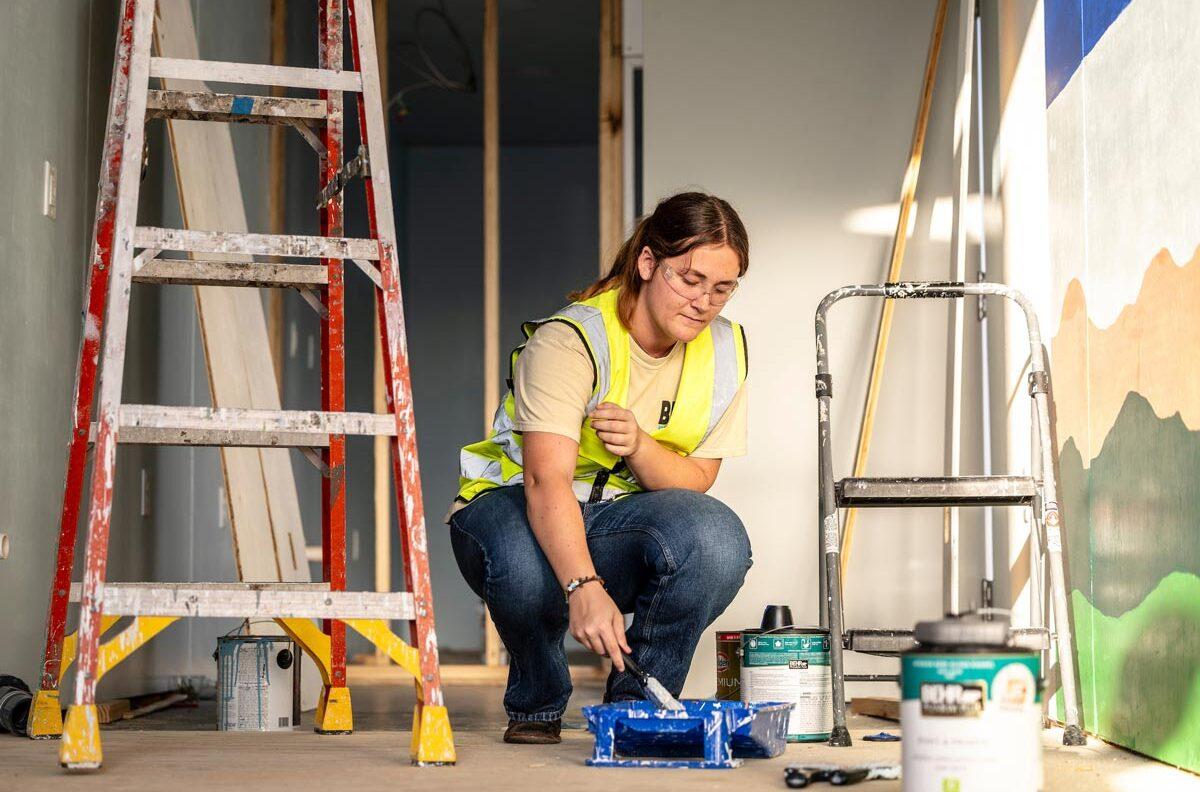
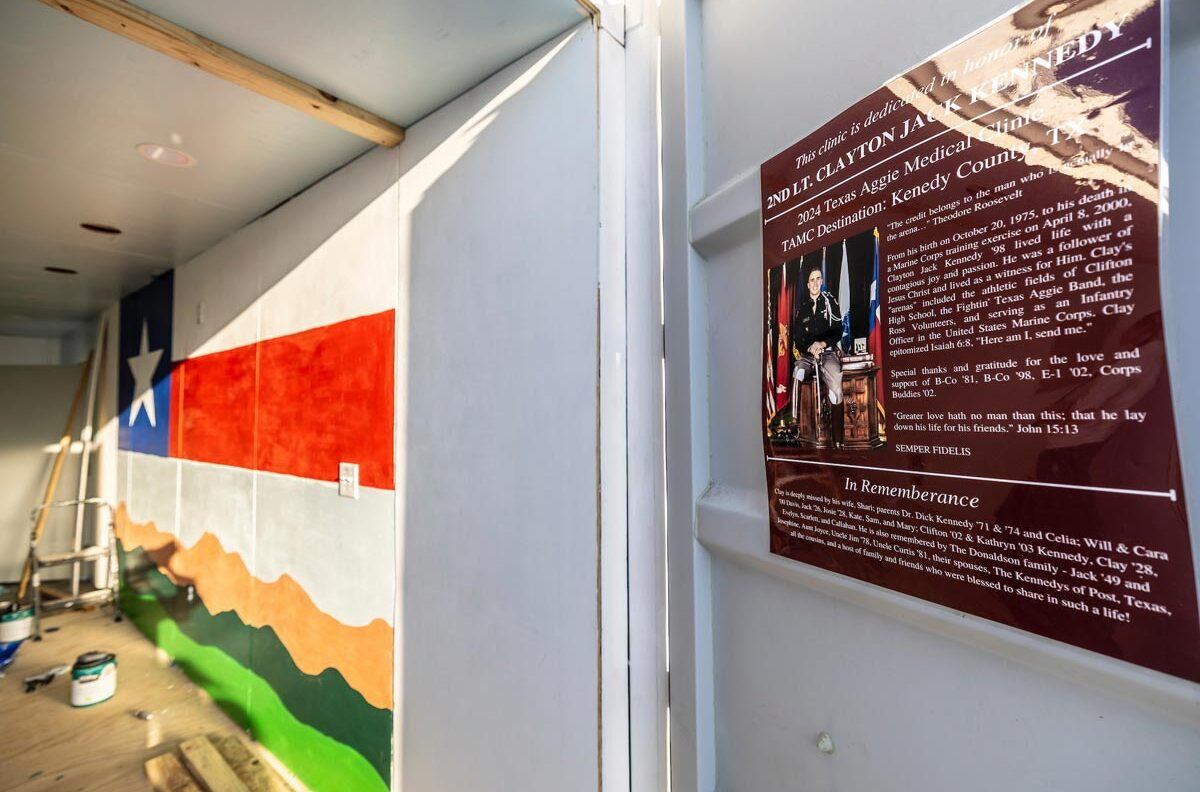
Photos by Abbey Santoro/Texas A&M University Division of Marketing & Communications
Each project is completed by a large team of BUILD members, volunteers and often even the donors who fund the clinics. The TAMCs are then shipped to rural communities and towns around the world that lack medical facilities, such as Sarita.
Once BUILD kicked off in 2013, the group immediately began its first project, the 12 for 12 Campaign, in which one container was built in honor of each of the 12 Aggies who lost their lives at the Bonfire collapse. From 2014-16, the TAMCs were completed and shipped to locations around the world, such as Haiti, Guatemala, Iraq, Cambodia and Jordan.
But the work didn’t stop there. So far, a total of 52 TAMCs have been built and sent to 22 countries on five continents, with the most recent location being Sarita. Each one is dedicated to an Aggie who has passed. To accomplish this, more than 15,000 Aggie volunteers have come together in order to serve others through this organization.
Serving Texans Through Accessible Medical Care
The idea to provide Sarita a TAMC began when Curtis Donaldson ’81, director of Rural Medicine Outreach at the College of Medicine and director of community engagement in rural Texas for Texas A&M, was giving a presentation on the work done by the Rural Medicine program. After speaking, he received a request from a Sarita local who wanted to assist the town with its medical needs.
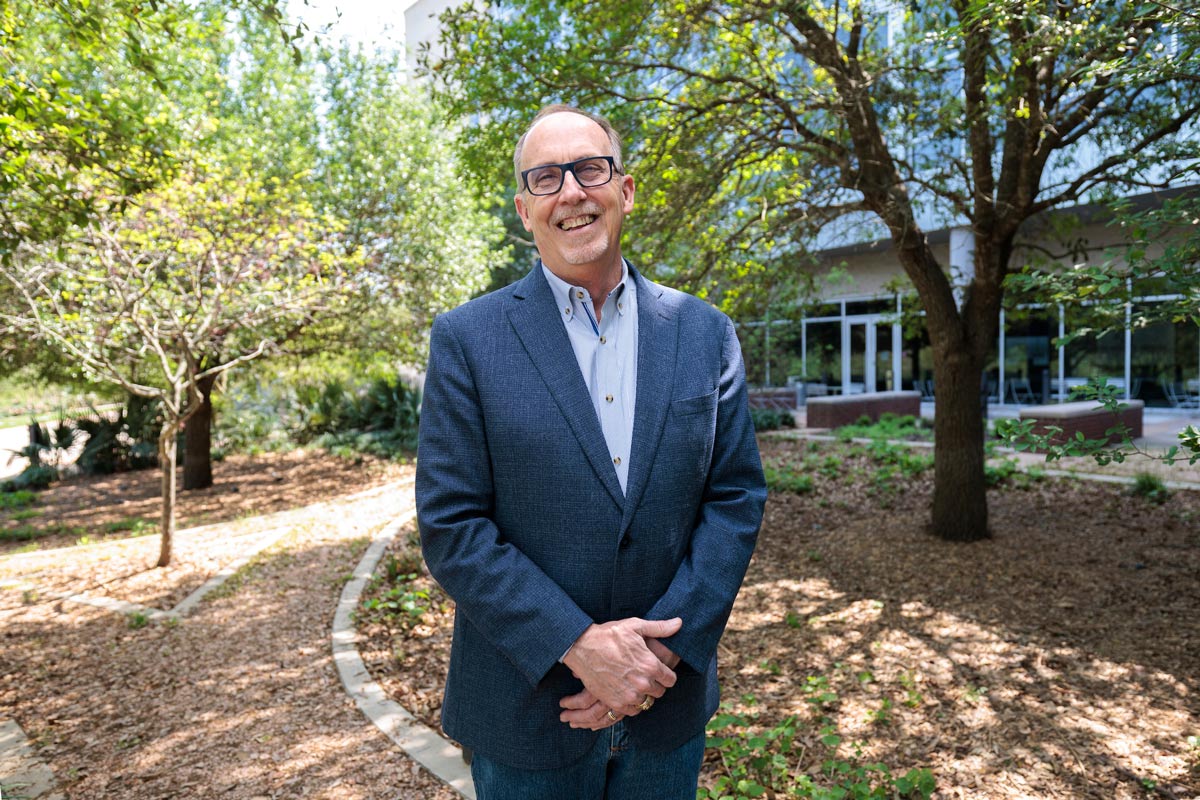
The underserved areas in these smaller counties are vast. And so to the extent we can have some of our students go out, gain experience and go back, we can start filling those gaps.
“We left the room, and there was a gentleman who followed me out,” Donaldson said. “His name was Billy Lemmons ’83. And he said, ‘Hey, I want to fund Kleberg and Kenedy County. That’s where I’m from.’ So, kind of an adopt-a-county type funding program. What that means to me, then, as the director of Rural Medicine Outreach, is I need to go find partners, because now I’ve got a donor.”
Donaldson wasn’t sure where to start, but he was soon connected with BUILD, where he found the perfect solution. BUILD’s experience with creating a medical facility from the ground up, as well as its ability to connect rural communities to the resources needed to operate those facilities, was exactly what Sarita needed. And the BUILD leadership was happy to help get Kenedy County the health care it had been missing.
In addition, through his positions at Texas A&M Health, a large part of Donaldson’s focus is placed on connecting medical students with rural locations where they could go for their clinical rotations.
“The underserved areas in these smaller counties are vast. And so to the extent we can have some of our students go out, gain experience and go back, we can start filling those gaps,” he explained.
This Rural Medicine program paired perfectly with BUILD in that it would allow the clinic in Sarita to both be built and operated, filling the needs for medical facilities and practitioners.
With those boxes checked, Donaldson began reaching out to community leaders in Kenedy County for approvals to get the project started. But he got more than approvals — they were thrilled for their residents to have an operational clinic easily accessible.
Kenedy County Judge Charles Burns, whom Donaldson spoke to for approval, explained, “Medical care is limited in our area, and those who do need care have to travel. And when you travel to a location, your wait time is hours. So now, they’ll be able to come here quickly — in and out — and get the care they need.”
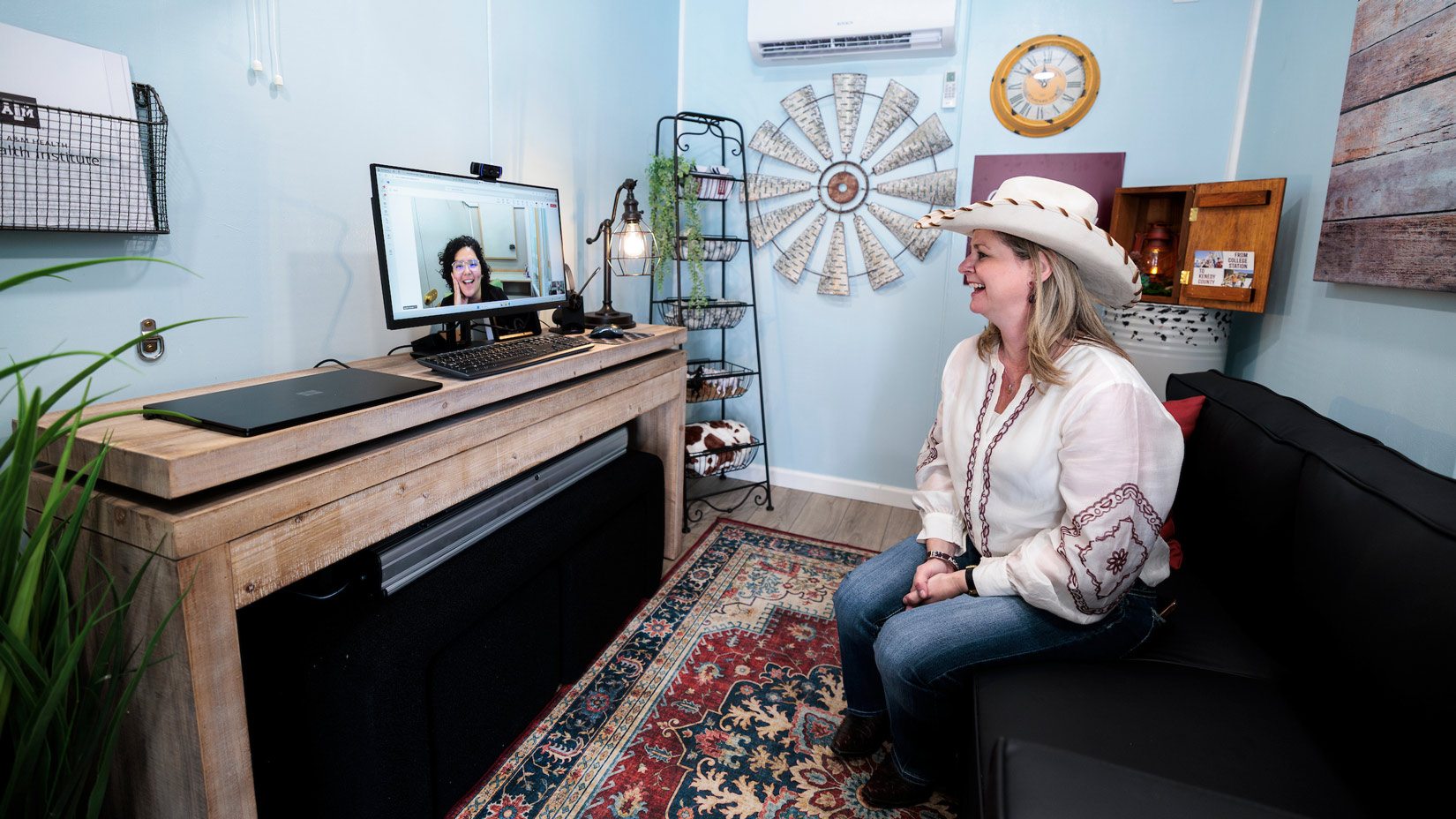
Residents of Kenedy County now have access to mental health services provided by Texas A&M’s Telehealth Institute.
Along with the Rural Medicine program, Texas A&M’s Telehealth Institute quickly hopped on board, ready and willing to provide Sarita and the surrounding areas with access to mental health care. Through this partnership, mental health professionals and psychologists from the institute, as well as doctoral students, will offer their services through the clinic.
“In true Aggie fashion, I think this project represents an enormous amount of collaboration from different units,” said Dr. Carly McCord ’11 ’13, executive director of the Texas A&M Telehealth Institute. “So, from the students in the BUILD organization, to the Rural Medicine program, to the Telehealth Institute, many people came together to make this a reality.”
From the students in the BUILD organization, to the Rural Medicine program, to the Telehealth Institute, many people came together to make this a reality.
Following the tradition of dedicating each TAMC to an Aggie who has passed, the Sarita clinic was named in honor of Clayton Jack Kennedy ’98, a nephew of Donaldson who was in the Corps of Cadets and joined the Marine Corps after graduation. He was one of the 19 Marines who lost their lives in a V-22 Osprey aircraft crash in 2000.
Members of BUILD had found the information about Kennedy and reached out to Donaldson for his approval.
“Without any prompting from me, the BUILD CEO said, ‘Hey, we’ve done a little research, and we found out that your nephew was killed in the Osprey crash in 2000, graduated from A&M in 1998, was in the Aggie Band and Ross Volunteers, and we’d like to name the container after him.’ So, you know, that was a great moment. It’s been 24 years at this point, and it still hits me pretty hard,” said Donaldson.
Preparations for opening the TAMC took just over a year, and in April 2025, all the pieces came together in the clinic’s ribbon-cutting ceremony, marking the beginning of its service to Sarita and the surrounding Kenedy County area. Attendance at the ceremony included community members, students at the nearby school and BUILD volunteers who helped make the project happen.
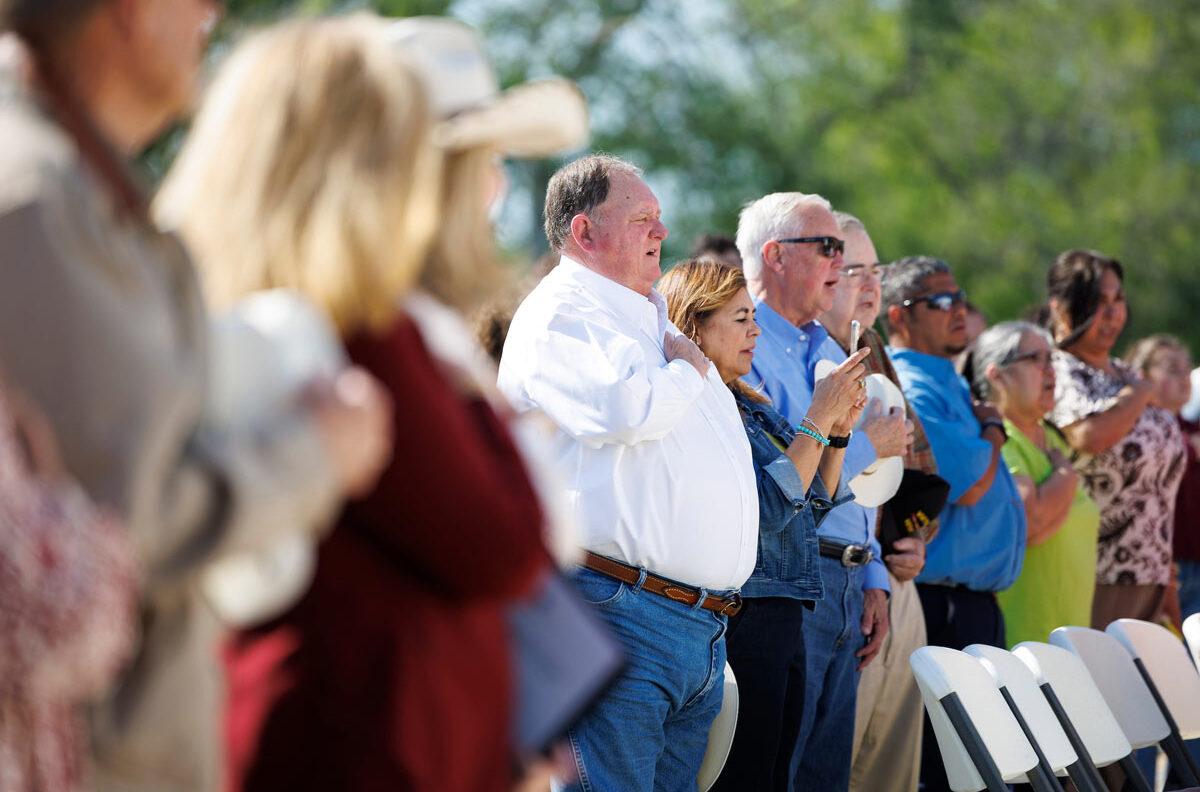

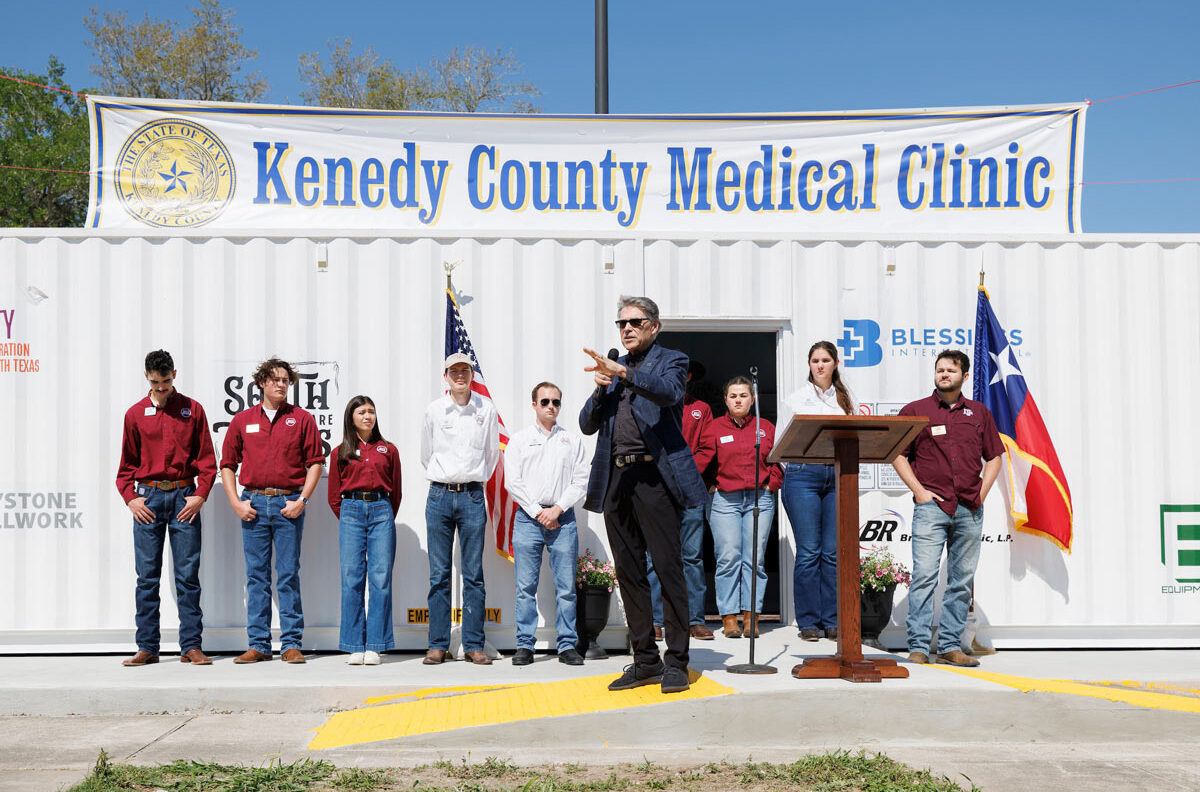

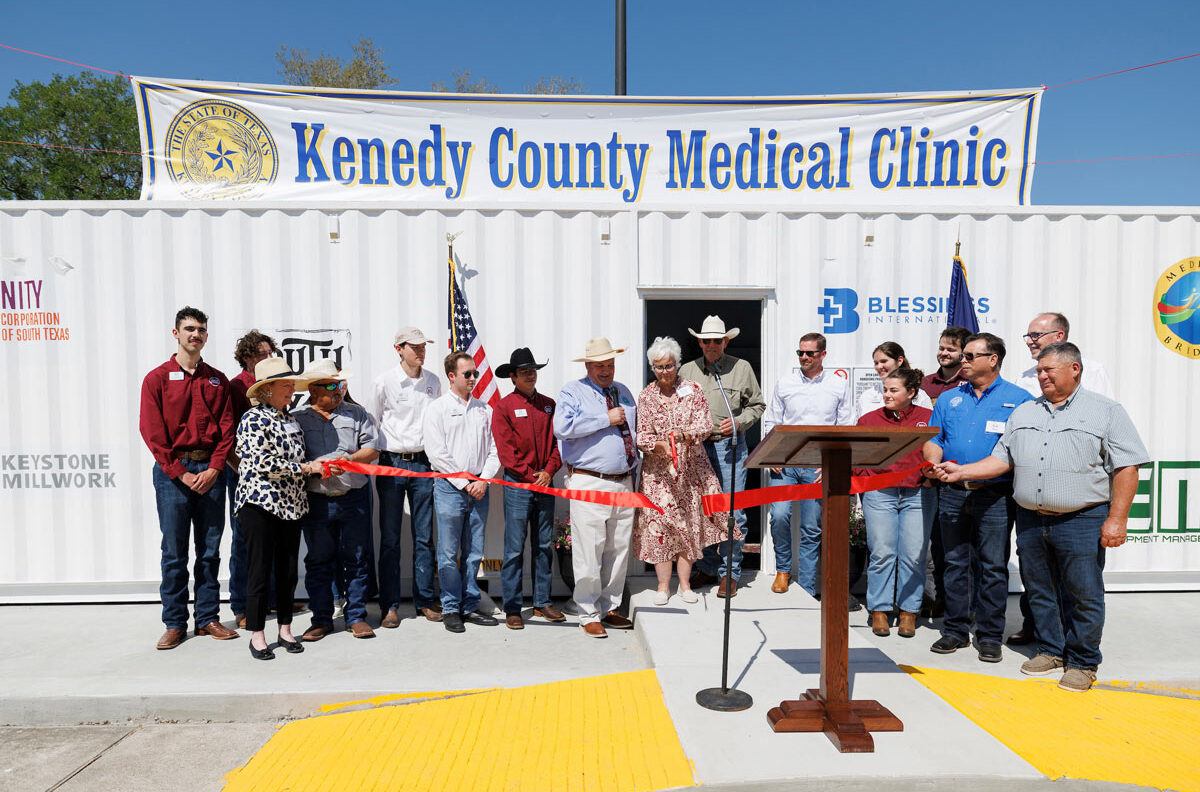
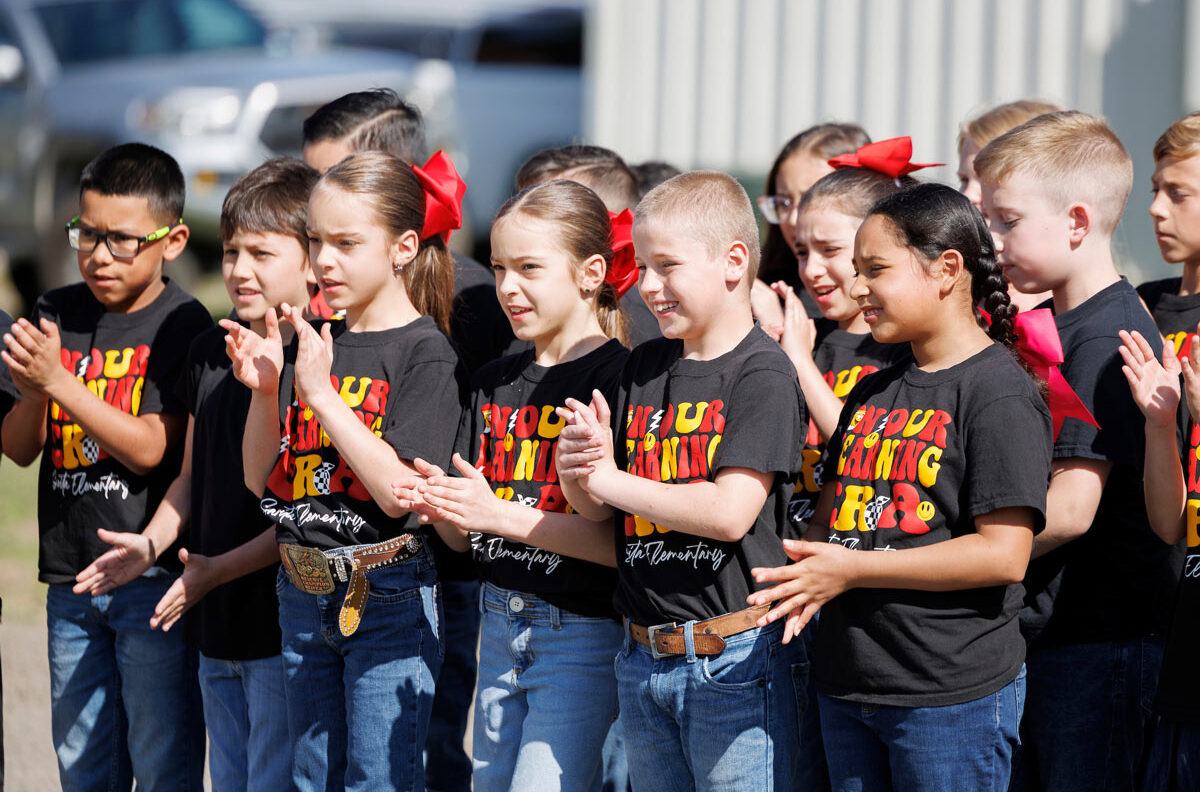
Photos by Abbey Santoro/Texas A&M University Division of Marketing & Communications
Former Texas Governor Rick Perry — who grew up in a rural community and, in retirement, has returned to Texas small-town living — spoke at the ribbon-cutting about what it means for rural Texans to have access to medical care.
“Being in Sarita, Texas, which is about as rural Texas as you can get in today’s world, this facility that we see behind us, this medical center, is a real godsend. It’s a sign of hope. It’s a sign of safety. It’s a sign of, ‘We’re going to be OK.’ Even if we live in this rural community, enjoying the things of rural life, now we have access to health care, which is one of the great gifts you can have in a community.”
With the TAMC open in Kenedy County, around 400 people will now have easy access to medical care that they used to drive long distances and wait hours for. The impact of this clinic was made possible by the BUILD program and the other entities that came together to honor late Aggies through an act of selfless service. Texas A&M has always strived to produce citizens who give back not only to their own communities, but also to the rest of Texas, the country and the world. The Sarita clinic exemplifies this mission.
McCord summed up the mindset behind the project, “It is absolutely an incredible example of selfless service, excellence, leadership — so many of our Aggie Core Values are just pouring out of this container.”
